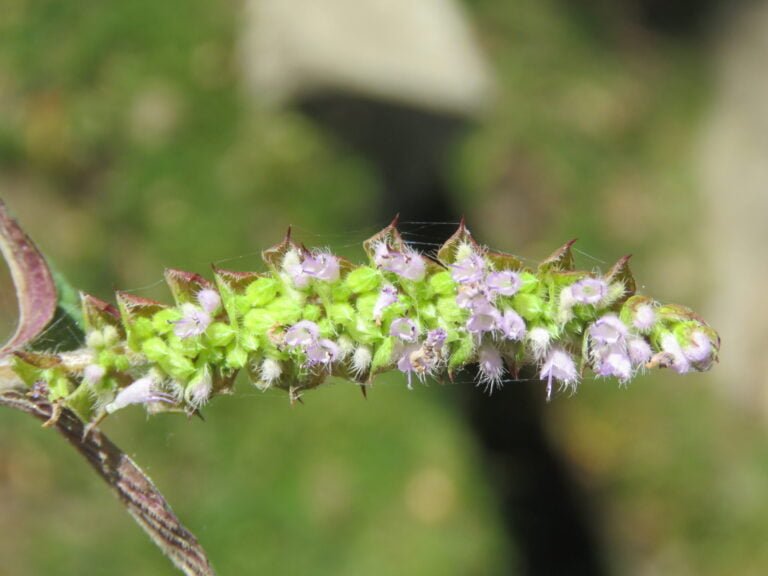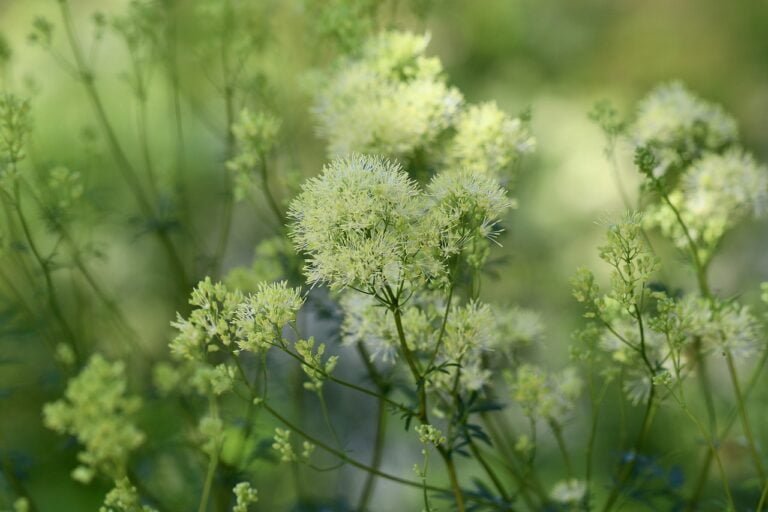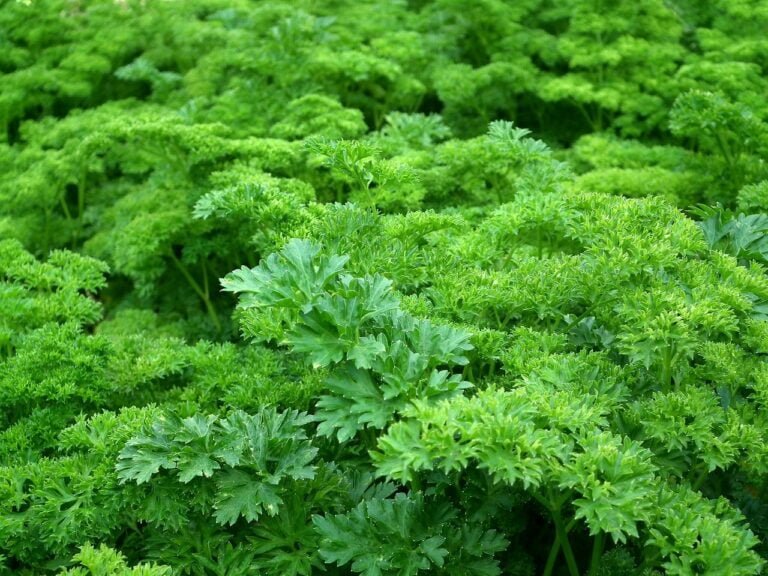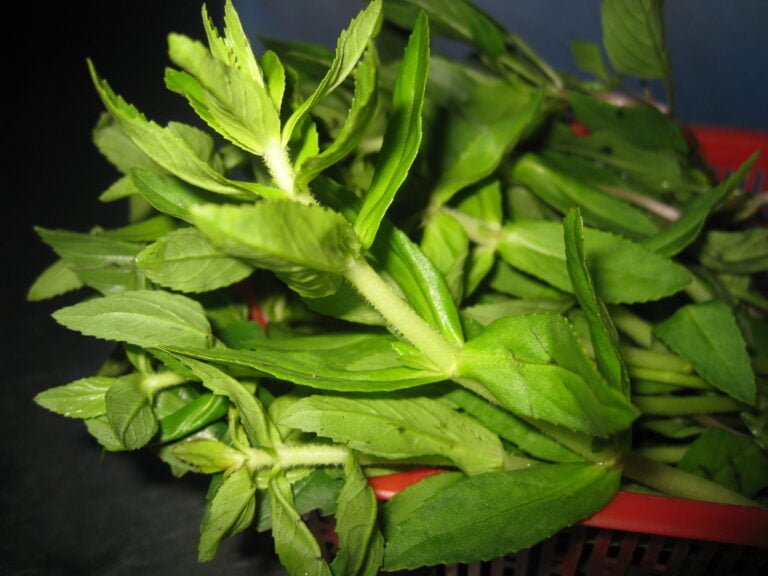Mugwort
I grow Mugwort, an Artemisia vulgaris, prized for medicinal uses globally. Its cultivation demands attention to environmental needs. This herb, utilized for centuries in traditional medicine, is esteemed for its diverse forms – teas, tinctures, poultices. Understanding the plant’s growth requirements is important for sustainable cultivation. Investigate Mugwort’s rich history, ranging from addressing digestive and respiratory issues to its cultivation techniques in Europe, Asia, Africa. Further insights await.
Background
Mugwort, a perennial plant with a rich history in traditional medicine systems globally, is known for its varied uses and cultivation techniques across Europe, Asia, and Africa. Scientifically known as Artemisia vulgaris, mugwort has been utilized in traditional medicine for centuries. This herb is highly esteemed for its medicinal properties and is commonly used in various forms such as teas, tinctures, and poultices.
In traditional medicine, mugwort has been employed to address a range of health concerns. It is frequently used to aid in digestive issues, regulate menstruation, and manage high blood pressure. Additionally, preliminary research suggests that topical applications of mugwort lotion may provide relief from itching associated with hypertrophic scars.
Cultivating mugwort requires specific attention to its environmental needs. This plant thrives in well-draining soil and prefers full sun to partial shade. Mugwort is relatively low-maintenance, requiring minimal watering once established. Ensuring adequate space for the plant to spread is crucial, as it can grow quite vigorously.
While mugwort has a long history of traditional use, limited research has been conducted on its safety and efficacy, particularly in human subjects. As with any herbal remedy, it is advisable to consult with a healthcare provider before incorporating mugwort into your wellness routine.
Safety Considerations
Given the potential risks associated with mugwort, one must be mindful of safety considerations when utilizing this herb in traditional medicine practices. Mugwort, scientifically known as Artemisia vulgaris, should be avoided during pregnancy due to its potential effects on menstruation and uterine contractions. Limited information is available regarding the oral and topical safety of mugwort, emphasizing the need for caution when using this herb.
Individuals with ragweed allergies or celery-mugwort-spice syndrome should exercise extra care when considering the use of mugwort. Severe allergic reactions to mugwort can lead to anaphylaxis, a life-threatening condition that requires immediate medical attention. Therefore, it is important to be aware of any existing allergies before incorporating mugwort into any treatment regimen.
Furthermore, smoking mugwort may pose potential dangers and is best avoided due to the risks associated with inhaling the plant material. It is vital to consider safer alternatives for utilizing mugwort, such as infusions or topical applications, to minimize the likelihood of adverse reactions.
Medicinal Uses
With its rich history in traditional medicine, mugwort is valued for its therapeutic properties in aiding various health issues such as digestive, circulatory, and respiratory concerns. Artemisia vulgaris, commonly known as mugwort, has been utilized for its medicinal benefits for centuries. Here are some key points about the medicinal uses of mugwort:
- Mugwort is a versatile herb used in traditional medicine to address digestive issues, circulatory problems, and respiratory ailments.
- The essential oil of mugwort contains potent components like camphor, cineole, and thujone, which contribute to its potential health benefits.
- In traditional practices such as moxibustion and salve preparations, mugwort showcases its efficacy in treating a wide range of health conditions.
- Components like artemisinin found in mugwort may play a role in promoting regular menstruation and could potentially possess anti-cancer properties.
- Traditional Chinese Medicine (TCM) frequently incorporates mugwort for various conditions including amenorrhea, anxiety, headaches, insomnia, nausea, and uses like moxibustion for therapeutic purposes.
The intricate balance of compounds within mugwort makes it a valuable botanical in the domain of traditional medicine, offering a natural approach to addressing an array of health concerns.
Cultural Significance
Mugwort holds cultural significance in various regions through ritual practices, folklore beliefs, and healing properties. From Medieval Europe to Korea, mugwort has been utilized in ceremonies for protection against evil spirits and in traditional medicine. Its role in Chinese cuisine, German seasoning, and Indian remedies showcases its diverse cultural importance.
Ritual Practices
In cultural rituals worldwide, Mugwort plays a pivotal role due to its rich historical significance and diverse ceremonial uses. This herb is deeply integrated into traditional practices and holds a special place in various ceremonies. Here are some emotional perspectives on its significance:
- Mugwort symbolizes protection and cleansing in rituals.
- Its aromatic properties evoke a sense of spiritual connection and grounding.
- The use of mugwort in ceremonies brings a feeling of ancient tradition and continuity.
- Incorporating mugwort in offerings fosters a sense of reverence and gratitude.
- The act of burning mugwort releases a calming aroma that enriches the ritual experience.
Mugwort’s presence in rituals is not only steeped in history but also in the emotional and spiritual essence it brings to these practices.
Folklore Beliefs
Having a wealthy cultural history, Mugwort holds important folklore beliefs across various regions, reflecting its varied cultural significance. In Medieval Europe, it was utilized for protection and in rituals to ward off insects and evil spirits. Chinese cuisine and traditional medicine value Mugwort, while in Germany, it seasons goose dishes. India also accepts Mugwort for various health complaints. In Korea, the herb is integrated into soups, rice cakes, and moxibustion practices, historically used for cleansing. Roman soldiers used it for foot pain, and St. John the Baptist for stomach pain, highlighting its diverse cultural importance. Known by names like Artemisia and Hierba de San Juan in different regions, Mugwort’s folklore beliefs have transcended time and borders.
Healing Properties
With its abundant cultural heritage, the therapeutic properties of Mugwort have been admired and utilized across various traditions for centuries. This herb, deeply rooted in botany and traditional medicine, holds significant healing potential. Here are some emotional responses to its healing properties:
- Mugwort’s medicinal uses in traditional Chinese medicine evoke a sense of ancient wisdom and healing.
- The botanical essence of Mugwort offers a natural approach to wellness, resonating with those seeking holistic remedies.
- Cultivating Mugwort for its medicinal benefits fosters a connection to the earth and the healing power of nature.
- Incorporating Mugwort into traditional healing practices honors the wisdom of ancestors and the continuity of cultural heritage.
- Harnessing the medicinal properties of Mugwort instills a sense of reverence for the plant’s resilience and healing capabilities.
Side Effects
When thinking about mugwort, it’s important to be aware of potential side effects like severe allergic reactions in sensitive individuals due to cross-reactivity with other plants. Smoking mugwort can harm respiratory health, highlighting the significance of cautious use. Ingesting high thujone levels in mugwort can lead to toxicity and adverse effects on the nervous system, making it essential to exercise care, especially for those with known allergies or sensitivities.
Possible Allergic Reactions
Mugwort may provoke allergic reactions in sensitive individuals, particularly those with pollen-related allergies such as ragweed allergy. When considering the potential side effects and allergic reactions of mugwort, it is important to be aware of the following:
- Severe allergic responses to mugwort can lead to anaphylaxis, a life-threatening condition requiring immediate medical attention.
- Individuals with celery-mugwort-spice syndrome may experience cross-reactivity with mugwort, causing adverse reactions.
- Smoking mugwort or using it in high concentrations can be dangerous due to its potential toxicity and side effects.
- Caution is advised with mugwort use during pregnancy, as it may affect menstruation and uterine contractions.
- Sensitivity to mugwort allergens can vary, and it is crucial to monitor for any adverse reactions when using mugwort.
Interactions With Medications
Interactions between medications and mugwort can potentially impact their effectiveness and side effects, necessitating caution and consultation with a healthcare provider. Mugwort may interfere with drugs metabolized by the liver, such as sedatives or blood thinners, altering their effects. Limited research highlights the importance of consulting a healthcare provider before combining mugwort with any medications, especially for individuals on chemotherapy drugs or hormonal therapies. These interactions could influence treatment outcomes substantially. Those using medications for chronic conditions should exercise prudence and seek professional advice before incorporating mugwort supplements into their regimen. To guarantee safe and effective treatment, it is essential to discuss any potential interactions with a healthcare provider to mitigate risks and optimize therapeutic benefits.
Dosage and Preparation
For best results, it is important to carefully consider the dosage and preparation methods when using Artemisia vulgaris, commonly known as mugwort, for various purposes. Mugwort can be a versatile herb used in cooking, brewing beer, and making extracts, tinctures, and essential oils for various medicinal purposes. Here are some essential points to keep in mind:
- Dosage: There is no universally recommended dosage for mugwort consumption. It is essential to follow the instructions on the product label to guarantee safe consumption. Some individuals may opt for mugwort supplements as they offer more controlled and standardized doses of the herb.
- Preparation: To make mugwort tea for promoting lucid dreaming, one can steep dried mugwort leaves in hot water and consume it before bedtime. This preparation method magnifies the herb’s sedative properties, aiding in achieving a state of relaxation conducive to vivid dreaming.
- Quality Assurance: It is advisable to choose mugwort products that are USP or NSF certified. These certifications ensure that the product has undergone rigorous testing for quality and safety, giving consumers peace of mind regarding the herb’s purity and potency.
- Consistency: Maintaining consistency in dosage and preparation methods is key to experiencing the desired effects of mugwort. Regular use, following recommended guidelines, can help maximize the herb’s benefits while minimizing potential risks.
- Consultation: When in doubt about the appropriate dosage or preparation method for your specific needs, consulting with a healthcare provider or an herbalist can provide personalized guidance and ensure safe usage of mugwort.
Key References
One pivotal aspect in exploring the botanical and medicinal properties of Artemisia vulgaris is investigating into key references that illuminate its historical uses and modern applications. The essential uses of Artemisia vulgaris, commonly known as mugwort, span across cultures and time periods. References to its inclusion in traditional medicine, culinary practices, and rituals provide valuable insights into its significance. Ancient texts, such as those from Traditional Chinese Medicine, mention Artemisia vulgaris for its potential health benefits and medicinal properties. Modern research has further explored the pharmacological aspects of mugwort, uncovering compounds that contribute to its therapeutic potential.
Cultivation techniques and botanical studies also form essential references when exploring Artemisia vulgaris. Understanding the plant’s growth requirements, propagation methods, and environmental adaptability is vital for its sustainable cultivation and utilization. Key references may include botanical guides, research papers on plant physiology, and historical accounts of mugwort cultivation practices.






